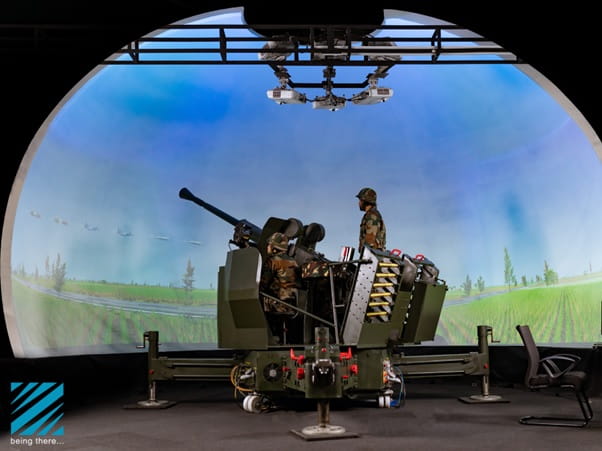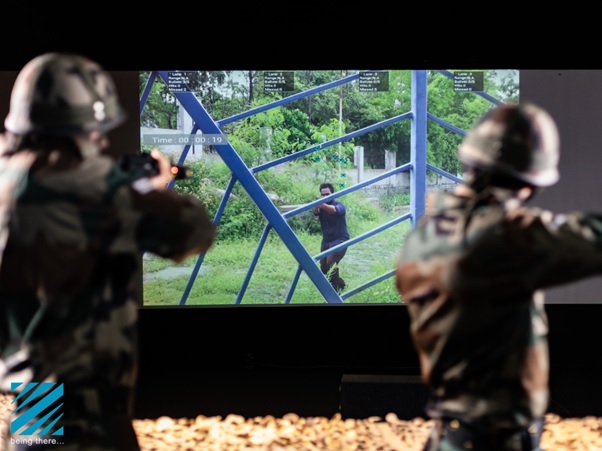Training simulators have modernized the way professionals are trained in different industries. Once upon a time, trainees would have to put themselves in potentially unsafe situations to gain hands-on experience. But today, training simulators offer a safer and more controlled alternative. With simulation technology, trainees can simulate real-world scenarios and make mistakes without any damaging consequences.

Building Confidence
Training simulators help trainees learn and improve on their skills in a safe & controlled environment. They can practice over and over again, to identify their shortcomings, overcome them step by step until they gain mastery over the skills. Using these simulators makes training safer and saving time, resources & money. Everyone gets to learn the same way, so they all become really good at what they do.
Adding value to training
In the world of military training, simulators are a valuable tool for preparing soldiers for real-world challenges. Rather than relying only on live exercises, which carry risks to personnel and equipment, contributing to wear and tear of the equipment, and consume a lot of time in training, simulators provide a safer & controlled environment for training.
They enable soldiers to train for complex and dangerous situations, such as air-to-air combat and urban warfare, where soldiers can develop their skills, identify their shortcomings and overcome

them. This not only minimizes the risk to life, but also saves time, valuable resources and money compared to live exercises. It also has a psychological impact on the soldier; the simulator not only builds confidence in an individual to handle a weapon and equipment, but helps the crew or detachment (such as a Mortar, Arty Gun, AD Gun, Tank crews, etc.) to develop a sense of coordination & understanding between themselves.
The use of simulators also plays a crucial role in evaluating and improving the performance of soldiers, providing essential feedback for development. With simulators as a key training tool, soldiers are able to confidently tackle any mission that comes their way.

Closing notes
In the grand scheme of things, the path of military training has been evolutionary in terms of progressing to adapt new technology. With the integration of simulators as a vital tool, soldiers are now gifted with the chance to train and ready themselves in a simulated setting that mimics real-life scenarios. The versatility, repeatability, and ability to assess performance offered by simulators have transformed the way soldiers refine their skills, leaving them better prepared to deal with challenges which they encounter in real life missions. And so, the utilization of simulators has become a defining moment in military training, providing soldiers with the necessary skills to succeed, while also making their training process safer, more cost-effective, and consistent. The significance of simulators in military training is immeasurable and will forever remain a noteworthy moment in the annals of military training history.


